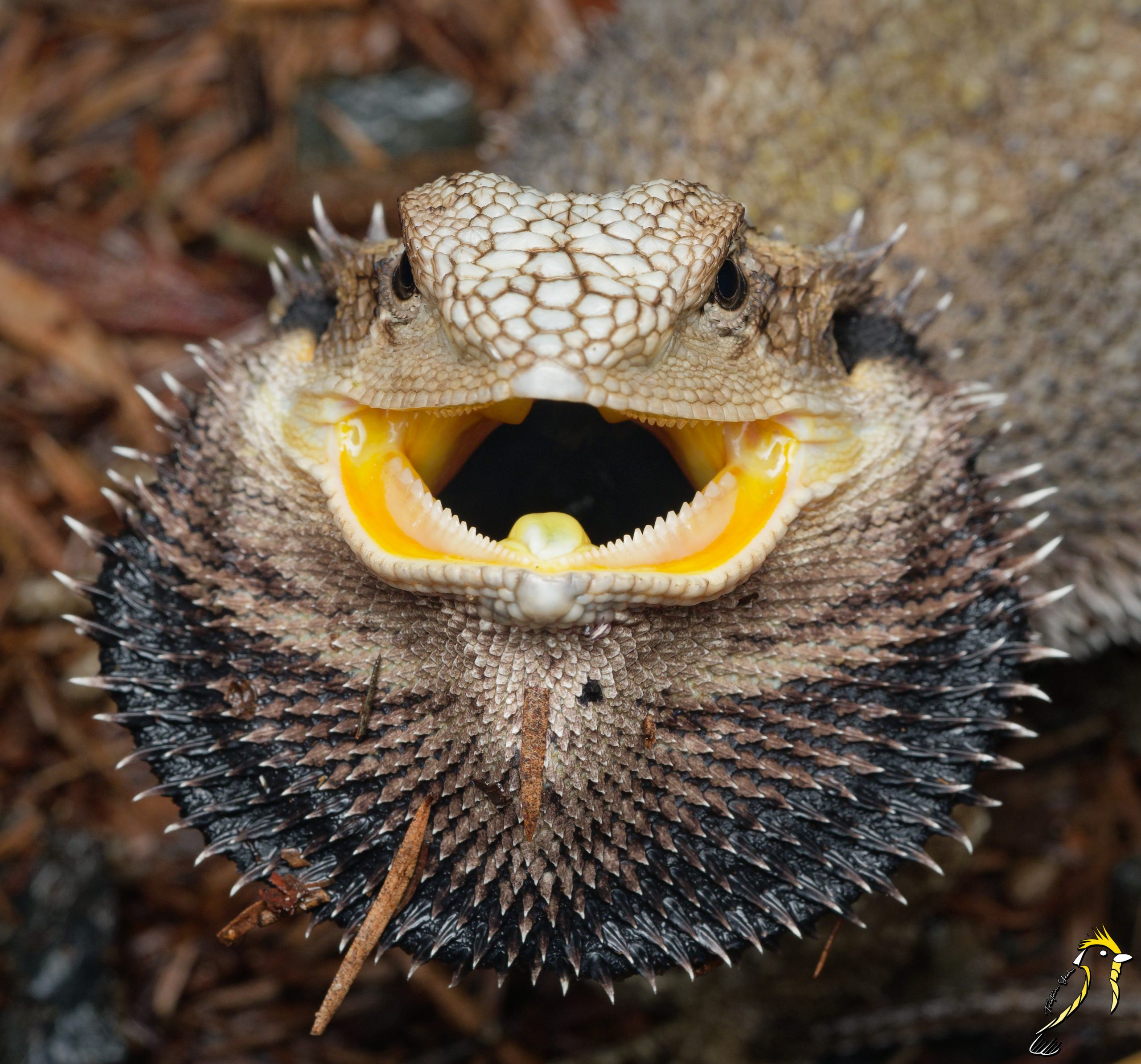
As a wildlife biology student, I find that often the best learning of the natural world may be found not in books or classrooms, but with the wildlife one wishes to study. I formerly documented the wildlife of Victoria and Malaysia whenever I returned on expeditions. Now in a master’s degree, I find myself relocated to the countryside of Laidley and Gatton. Over the last semester, I have documented a great number of species, both on and off campus, within the Laidley region. My goal with these is just to remind you what lies beyond the urban sprawl, that there is still a greater world out there, one worthy of exploration.
Coastal carpet python
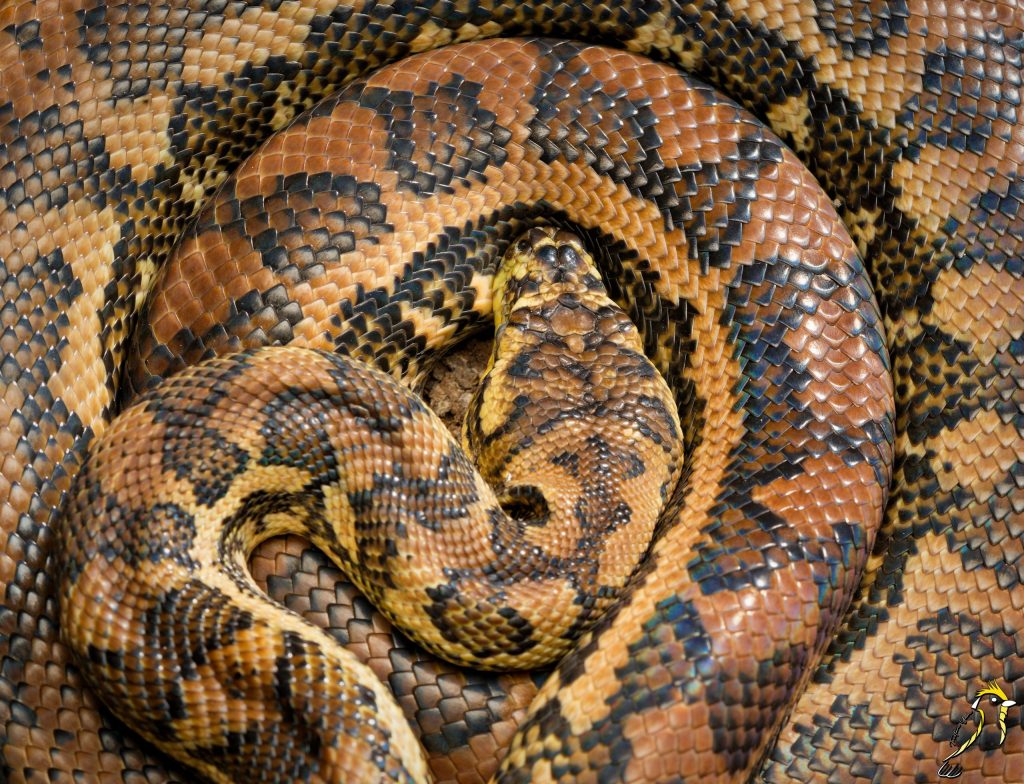
This was a fine example of a coastal carpet python (Morelia spilota mcdowelli) that seemed 1m (3.3ft) in length. This is a species some readers may already be familiar with, for it is a common native of eastern Queensland and northern New South Wales. Highly adaptable reptiles, these snakes, though typically seen in eucalypt forest, rainforest, heathland and farmland, make their way into urban environments. Their strong capacity for climbing allows them to haul themselves into the crawlspaces of roofs and rafters of buildings where they feed on rodents, possums, bats and birds. This specimen must have been very contentedly subsisting on the latter prey anyway.
Sacred kingfisher
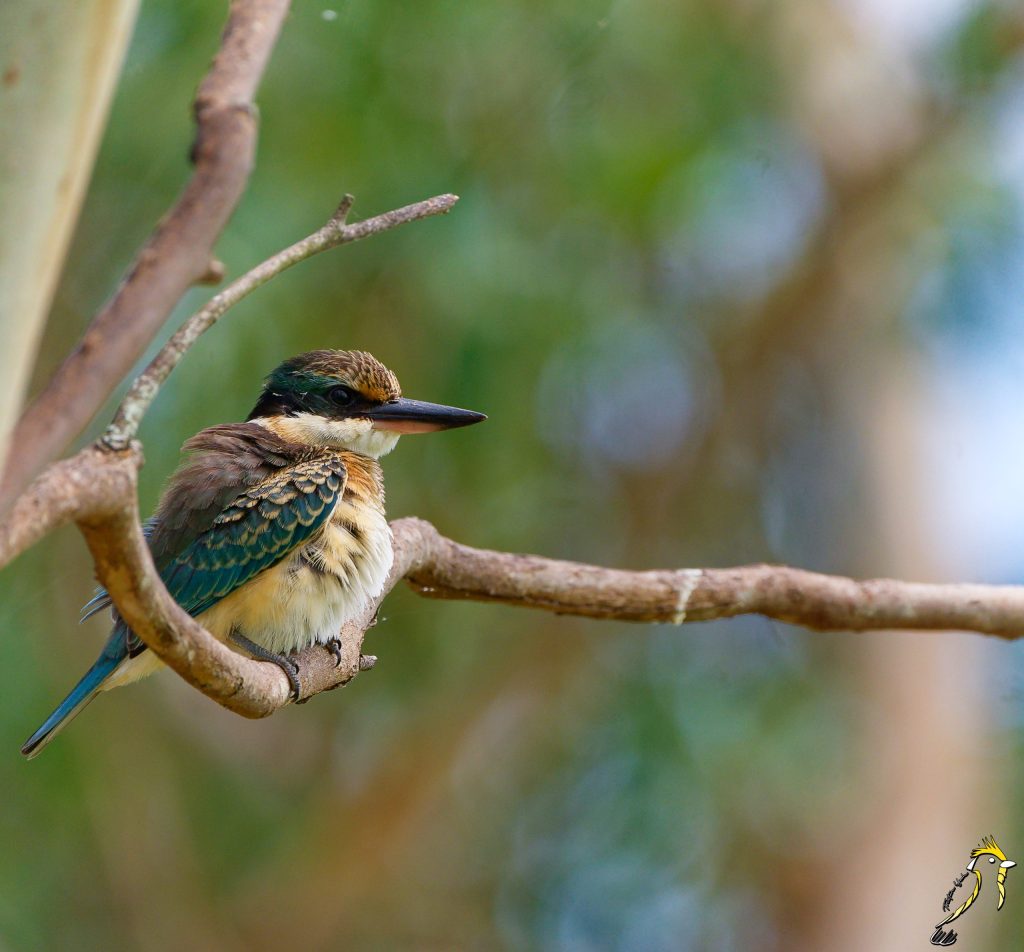
A sacred kingfisher (Todriamphus sanctus) poised to strike. A medium-sized member of the kingfisher family found in Australia, eastern Indonesia, northern and western Melanesia and New Zealand often goes unnoticed by passers-by. Despite this, they can be found in many urban green spaces. They are, of course found in many other environments from wetlands, mangroves and river margins to eucalypt forests mudflats and farmlands. Their diet may explain their adaptability, as despite their name, they are not purely pescatarian. While they do feed on fish, they prefer invertebrates, mainly insects and spiders, as well as small reptiles and amphibians, with some records of them feeding on finches. As I sat to enjoy breakfast with my new friend, I watched him dive innumerable times: each success rewarded him with a large mantis or grasshopper. Delicious.
Eastern bearded dragon
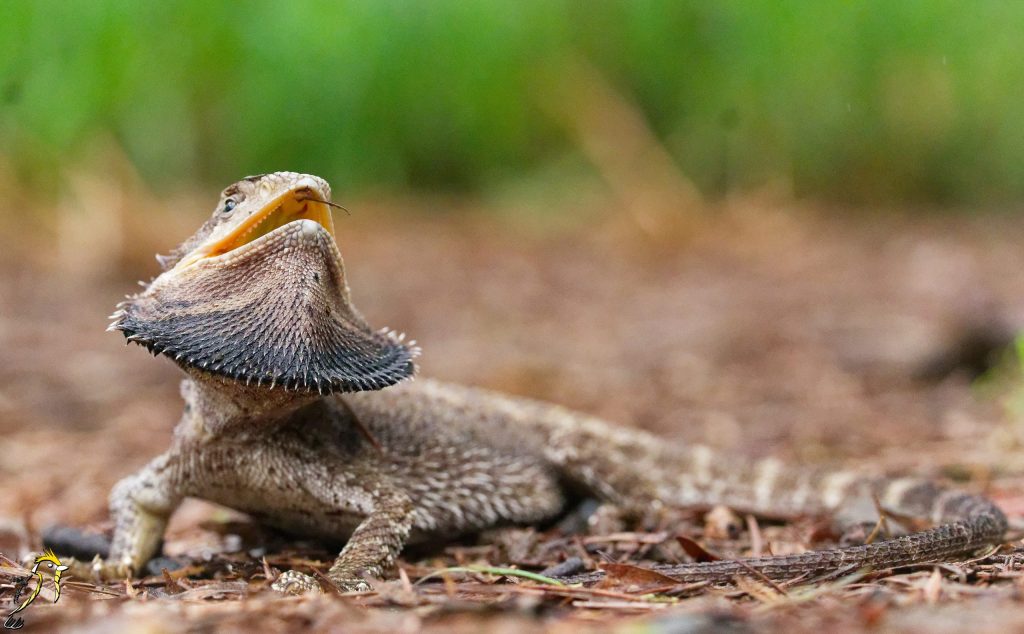
The eastern bearded dragon (Pogona barbata) is a member of the agamid family of lizards and a native of southeastern Australia’s coastline, most commonly sighted in Queensland. These lizards, unlike their desert dwelling cousins we may find sold in pet shops, prefer living in coastal woodland habitats. Here, it is primarily arboreal; it’s likely this specimen was knocked off its perch, and has a system of dominance, whereby the dominant males receive the best perches. They feed on a variety of small animals, including insects, small reptiles and mice. Though it is worth noting they are omnivorous and in captivity must be provided with their greens along with their protein. Their defense behaviour, a display of the beard and mouth gaping, is done to ward off predators. They have a variety of other displays that can be used for intimidating other bearded dragons, such as head bobbing, body inflation and beard display.
Common tree snake
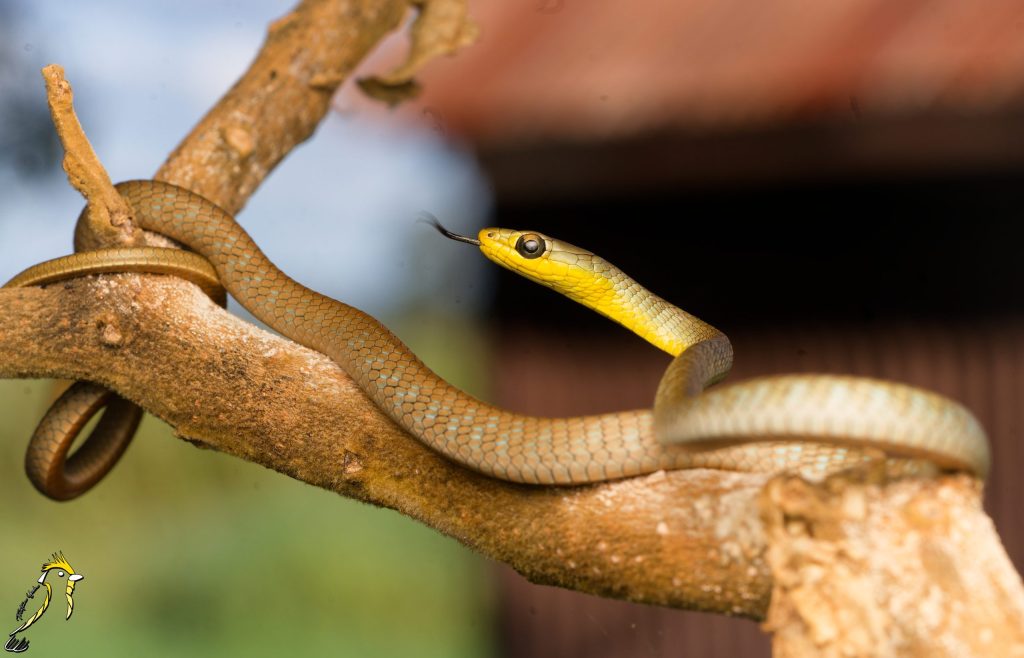
The common tree snake (Dendralaphis punctulatus) is a personal favourite of mine, an Australian relative to the bronzeback snakes of Asia. Found in north and eastern Australia and Papua New Guinea, this agile, pen-width reptile inhabits bushland, rainforests, eucalypt forests, heathland, agricultural and urban environments. A generalist feeder, these snakes prey upon a variety of species including fish, frogs and small lizards. A non-venomous snake, it constricts its prey, much like a python. It then uses its recurved teeth to “walk” its prey down its throat. Though it may hunt near water, it can be found as pictured in the branches of trees, at rest, hence its distinction as a tree snake.
Pacific baza

The Pacific baza (Aviceda subcristata) is a medium-sized hawk found in Australia, Papua New Guinea, Indonesia, East Timor and the Solomon Islands. When it soars, its wingspan measures between 80-105cm (31-41in). Though it feeds on invertebrates, frogs, birds and reptiles, it evidently enjoys fruit, and though this was once thought to be accidental, further observations found they deliberately consumed it. More unusually for a bird of prey, they are quite social and often gather together outside of the breeding season. They also seem to be followed by smaller bird species such as the noisy miner (Manorina melanocephala), which flock behind the baza, calling indiscriminately to harass it. This behaviour occurs out of territorial dispute, as flocks of birds attempt to drive the baza out of their territory.
Captions and photographs by Tristan Yeoh
Views: 35
